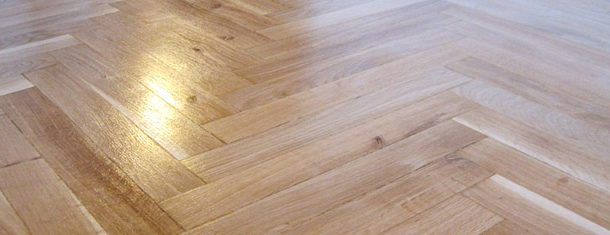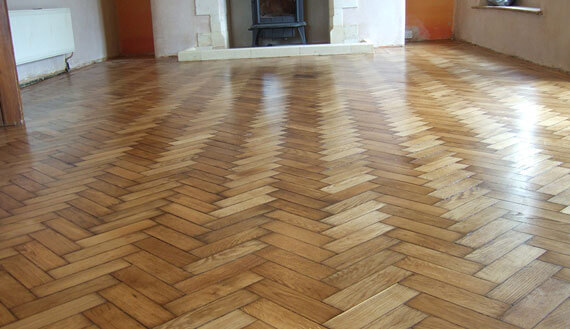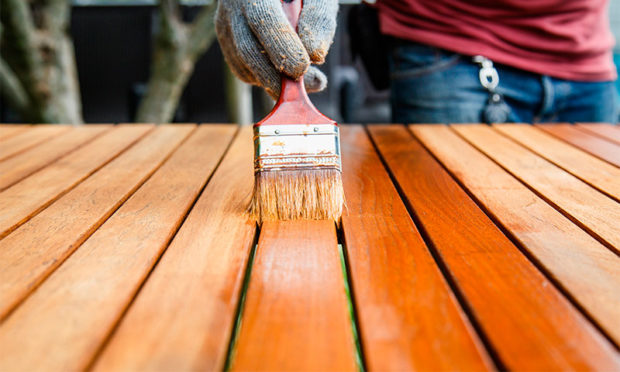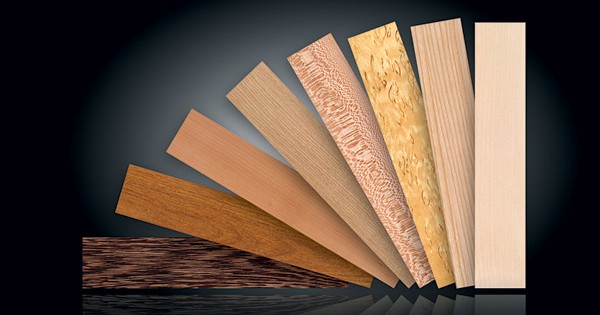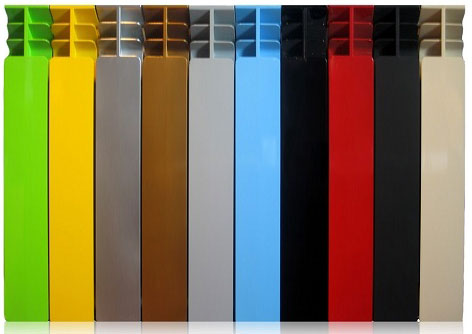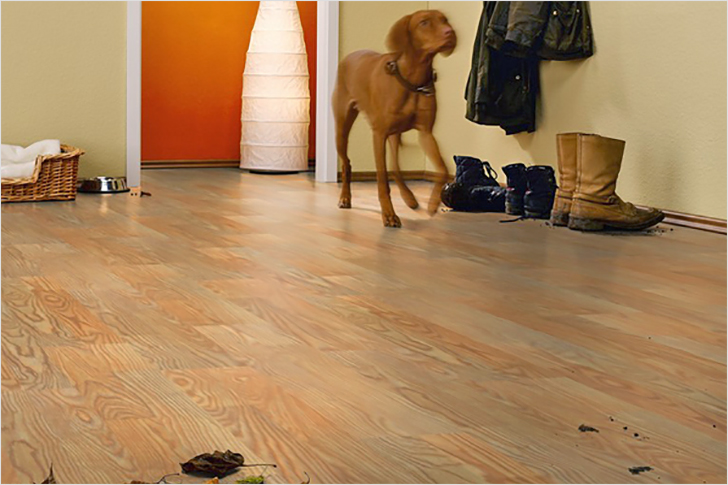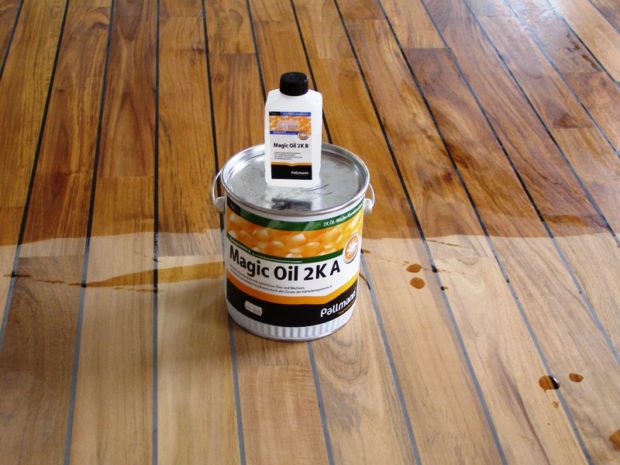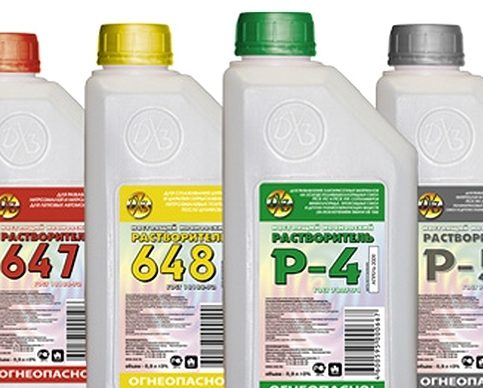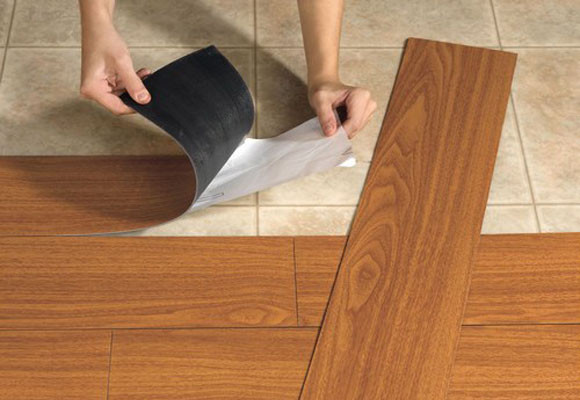6 tips on which parquet varnish to choose
Natural parquet board is one of the best types of flooring. In addition to its environmental friendliness, parquet has many other advantages - durability, wear resistance, noble appearance etc. But do not forget that natural wood is a rather capricious material that does not tolerate exposure to moisture and direct sunlight. So that protect flooring from the influence of adverse factors, extend its service life and emphasize the exquisite natural texture, it is necessary to cover the surface with a special varnish. About, which parquet varnish is better to choose and what nuances to pay attention to when choosing, read in this article.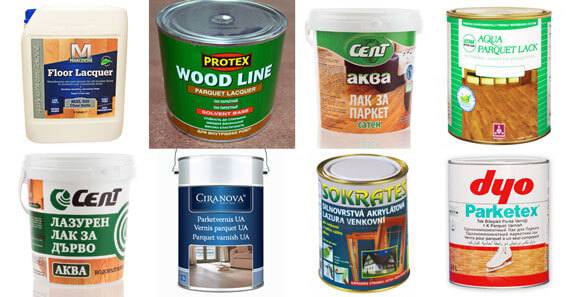
What influences the choice?
If you will use the services of specialized teams, varnish selection it will be their task. However, if you decide to do the work yourself or to control the stage of procurement of material, you need to knowwhat nuances are worth paying attention to when choosing a coating: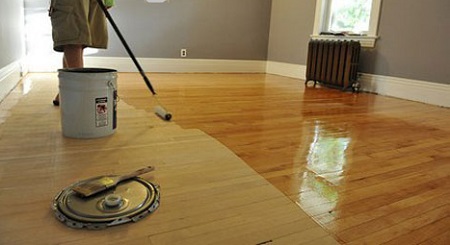
- The degree of load on the room. The higher the permeability in this room, the more wear-resistant the coating should be. It is reasonable to choose separately the type of varnish for such rooms as a bedroom and a nursery, and separately for the kitchen, corridor and living room;
- The durability of the coating. To understand how good the composition is in front of you, first of all you need to understand that “varnish” is a common name. In fact, this is a solution that includes varnish and solvent. The varnish content is indicated in percent and may be 5-35%. This number is called the "dry residue". The greater the number of solids, the composition is more expensive and better. Formulations with a maximum varnish content are marked “based on pure polyurethane”;
- Gloss degree. The final coating can be matte, semi-matt, silky mat, semi-gloss, glossy. In this case, everything is individual, but I want to say about some features of the glossy surface. First, gloss can glare, which can have a negative effect on the organs of vision. Secondly, such a coating is more suitable for classic style interiors. Thirdly, any coating will wear out a little over time. In this case, the abrasion will be uneven and more noticeable in the passageways of the room. On the gloss, such places will instantly catch your eye and you will need to update the coating to eliminate the shortcomings;

- Drying speed. There are varnishes that can dry in a few hours, while it is possible to apply several layers in just one day. Other formulations can dry from 24 to 48 hours. You should pay attention to this factor if you are limited in time, as well as when choosing an artist. Indeed, some unscrupulous brigades promise to finish all work within 24 hours, while using varnishes that, by default, cannot dry out so quickly. As a result, either the coating will have defects, or in fact, the composition that you want will not be used, or only one layer of varnish will be applied;
- Color spectrum. There are varnishes that are neutral, that is, do not change the shade of the wood after application. And there are compounds that “set fire” the color of wood, coloring it in more saturated shades and emphasizing the structure;
- Environmental friendliness. This is a very important parameter that determines the harmlessness of the composition for human health. Indeed, some compounds throughout the entire life cycle are capable of releasing harmful fumes into the environment. The safest are water-based varnishes, which are even devoid of an unpleasant odor;
- Type of wood. Be sure to consider the compatibility of varnish and varieties of woodof which parquet is made.
In addition to the foregoing, all compositions differ in their chemical composition. Consider the features, as well as the advantages and disadvantages of each individual group.
Primer varnishes
Please note that primer is not self-covering. This is a kind of intermediate coating, which applied to the base with the aim of:
- to ensure uniform shade of the finish coating, if tint varnish is used;
- provide a higher degree of adhesion of the coating to the base;
- reduce finish coverage. Priming varnish, filling the pores of the wood, significantly reduces its degree of absorption, as a result you will need a smaller amount of expensive finish varnish;

- to neutralize and isolate natural oils of exotic woods;
- to reduce the adhesive effect of the topcoat. If varnish is used not on water, but on any other basis, falling into the joints of parquet boards, it will glue the fragments together. If you pre-coat the surface with a primer, this can be avoided;
- when it is necessary to minimize the degree of moisture in the parquet. Each finishing composition is applied under certain conditions, which include the ambient temperature and its humidity, as well as the degree of humidity of the wood itself. If the degree of drying of the parquet does not meet the necessary parameters, the final coating may have defects in the form of bubbles and foam. To avoid this, it is recommended that you apply a preliminary coat of primer varnish.
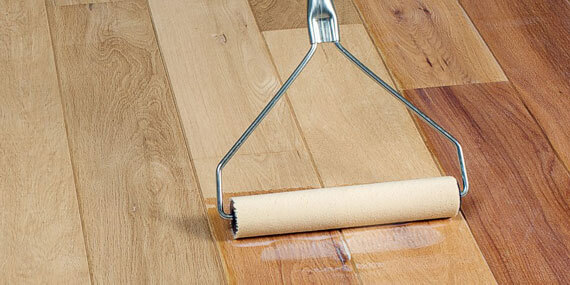
Primer varnishes are quick-drying. Before acquiring such a composition, be sure to ensure that its base coincides with the base of the finish varnish. For example, under a water-based varnish, it is necessary to apply a water primer, etc. Some modern types of varnishes do not require preliminary application of the primer, which will be indicated on the package.
Water soluble varnishes
Water-based varnishes incorporate a solvent, emulsifier and, accordingly, water. It is because of the presence of water that they dry much longerthan varnishes on a different basis, because water takes time to completely evaporate. 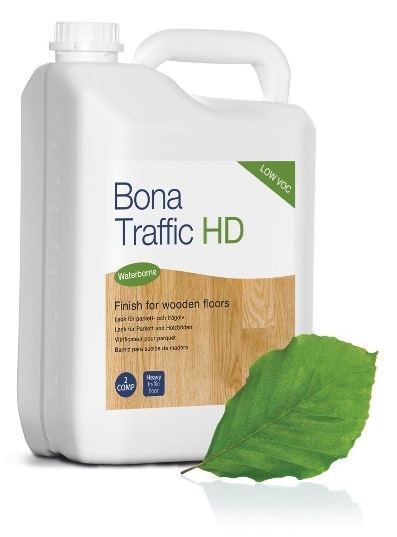 The drying process of waterborne varnish is sequential - first, the process of evaporation of water occurs, and then the solvent begins to evaporate. Accordingly, with a decrease in the water portion, the concentration of the solvent increases. Upon reaching a certain concentration, the solvent begins to break down the binder components and evaporate. After that, only the varnish film remains on the surface.
The drying process of waterborne varnish is sequential - first, the process of evaporation of water occurs, and then the solvent begins to evaporate. Accordingly, with a decrease in the water portion, the concentration of the solvent increases. Upon reaching a certain concentration, the solvent begins to break down the binder components and evaporate. After that, only the varnish film remains on the surface.
The percentage of solvent in the composition may be different. There are varnishes without solvents, with 5% or 15%. This parameter does not affect the degree of adhesion to the substrate. Note. that many experts recommend applying a primer under a water-based varnish without fail. This is necessary in order to reduce the amount of the composition that falls between the wooden dies, which subsequently can lead to the formation of unpleasant creaks. Water based varnishes have the following advantages:
- They are safe for health;
- There is practically no unpleasant odor, which makes it possible to carry out work without the need to evacuate all household members from the apartment;
- They are non-combustible, which is important in rooms with a high level of fire hazard;
- Have an affordable cost.
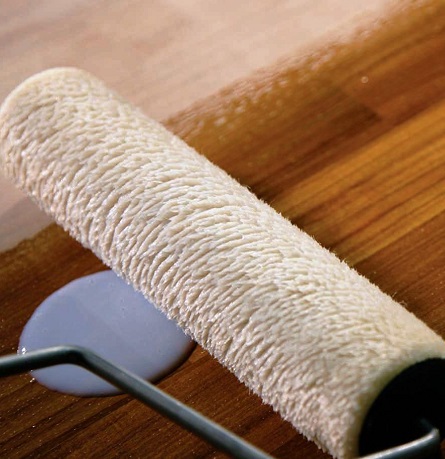
Concerning disadvantages:
- Increased demand for tool selection.Water-based varnishes are recommended to be applied only with a roller. It, in turn, should be soft enough, but not have too long a pile;
- Low coefficient of wear resistance. If a frankly cheap water-based varnish was chosen for work, then the coating will very quickly wipe off. But, if the varnish is expensive and of high quality, it can be safely used in rooms such as lounges;
- Long drying process;
- Incompatibility with tree species such as beech, pine and hornbeam.
Anhydrous Polyurethane Varnishes
Such formulations dry much faster water-based varnishes. Once the solvent has evaporated, the composition will solidify. 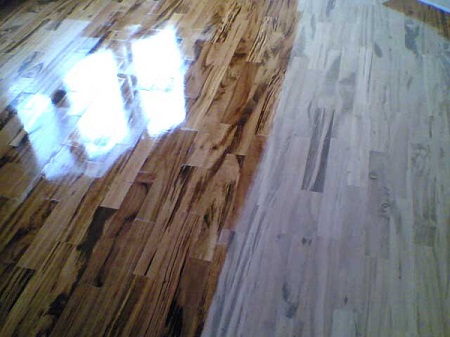 Polyurethane varnish can be one-component (PUR) or two-component (DD). The base of the varnish can be acrylic, urethane or a solvent. In most cases, various aromatic impurities are added to the compositions to neutralize the pungent chemical odor. Polyurethane varnishes can be called universal, because they can be used both in rooms with low and high traffic. The coating is durable and wear resistant. In addition, there are others advantages:
Polyurethane varnish can be one-component (PUR) or two-component (DD). The base of the varnish can be acrylic, urethane or a solvent. In most cases, various aromatic impurities are added to the compositions to neutralize the pungent chemical odor. Polyurethane varnishes can be called universal, because they can be used both in rooms with low and high traffic. The coating is durable and wear resistant. In addition, there are others advantages:
- Resistance to ultraviolet radiation;
- Heat resistance;
- Elasticity;
- Resistance to moisture;
- Not exacting to a microclimate of the room.
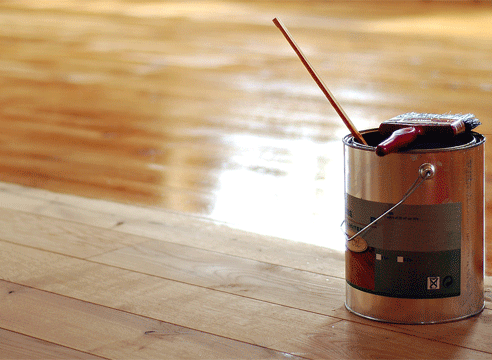
TO disadvantages include:
- The ability to glue dies when hit in the gaps between them;
- Demanding on the quality of parquet drying. The moisture content of the wood should not exceed 8%, otherwise the coating will bubble;
- If water enters the surface of the varnish before it dries completely, it can lead to the formation of foam or bubbles.
We can say that polyurethane varnish is the best choice for covering parquet in any room.
Alkyd varnishes
Or oil-based varnishes. The main component is alkyd resins, which are obtained from natural materials. 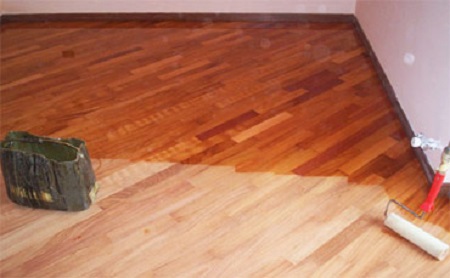 It can be wood, linseed and other oils. In addition, the composition includes white spirit, the concentration of which can be high or low. The latter option is more preferable, as it is less toxic. Alkyd varnishes have the following advantages:
It can be wood, linseed and other oils. In addition, the composition includes white spirit, the concentration of which can be high or low. The latter option is more preferable, as it is less toxic. Alkyd varnishes have the following advantages:
- They do not have an adhesive effect and do not flow into the joints of the parquet, which completely eliminates the possibility of creaks;
- The composition has high penetrating properties and allows you to change the shade of wood and make it more saturated;
- Not sensitive to changes in temperature and humidity in the room.
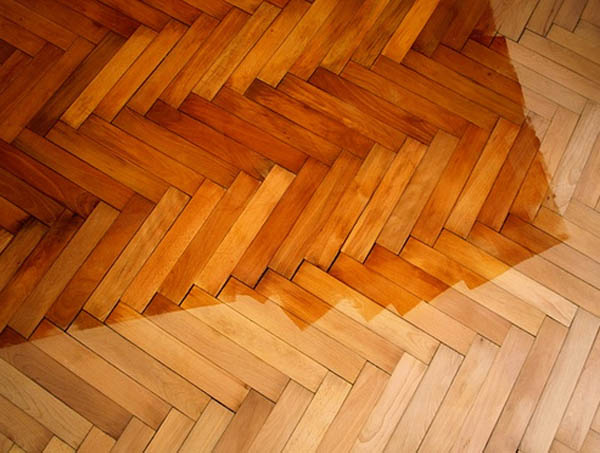
Now about disadvantages:
- Due to the ability to penetrate deeply into the structure of the tree, it is possible to subsequently change the color of the coating only after grinding the surface. In this case, it is necessary to remove the layer of several millimeters, which will lead to thinning of the dies, and therefore to a decrease in the technical characteristics of the parquet;
- The drying process of alkyd varnish should occur with strict observance of the recommended temperature and degree of humidity, otherwise the coating may become wrinkled;
- For complete drying of the composition often requires at least a day;
- The wear resistance of the coating is the lowest in comparison with other compounds, therefore alkyd varnishes are most often used not for parquet, but for furniture.
Formaldehyde varnishes
They are varnishes of acid rejection. Provide the most durable and wear-resistant coating. The composition of the varnish includes formaldehyde resins, which completely evaporate from the surface after the final drying of the composition. 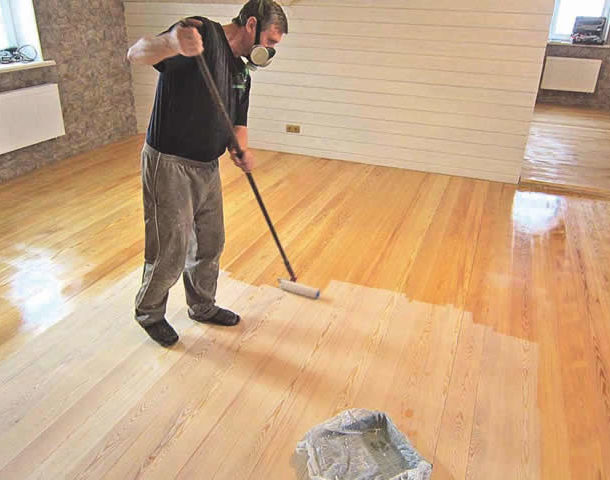 That is why they do not pose a health hazard, but have a pungent chemical smell. Therefore, work must be carried out using personal protective equipment - a respirator, and in a well-ventilated area. TO the benefits formaldehyde varnishes include:
That is why they do not pose a health hazard, but have a pungent chemical smell. Therefore, work must be carried out using personal protective equipment - a respirator, and in a well-ventilated area. TO the benefits formaldehyde varnishes include:
- High adhesion with the base material;
- Resistance to changes in temperature and humidity in the room;
- No need for preliminary priming of the floor;
- Possibility of use in rooms with a high load.
ABOUT disadvantages:
- Very pungent and unpleasant odor;
- Strong bonding effect.

